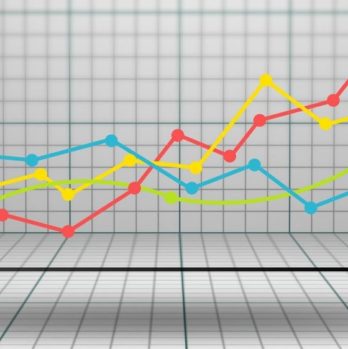Day Trader: A Comprehensive Guide to the World of Online Trading

Introduction:
Day trading has gained immense popularity in recent years as more and more individuals seek to capitalize on short-term market fluctuations. In this article, we aim to provide a thorough overview of day trading, its various types, popular strategies, quantitative measurements, differences between traders, and a historical analysis of their pros and cons. Whether you are a novice looking to explore the world of day trading or an experienced trader seeking to enhance your skills, this comprehensive guide will provide valuable insights.
Understanding Day Trading: An In-depth Overview

Day trading is a form of short-term trading where individuals actively participate in the financial markets, opening and closing positions within a single trading day. Unlike traditional investing, which focuses on long-term growth, day trading aims to profit from the price fluctuations that occur within a day. To become a successful day trader, one must possess a solid understanding of technical analysis, risk management, and market psychology.
Types of Day Traders: Exploring the Different Approaches
There are several types of day traders, each employing unique strategies to achieve their trading goals. Scalpers focus on making numerous quick trades to capture small price movements, often utilizing high-frequency trading algorithms. Momentum traders, on the other hand, seek to identify stocks with strong price trends and ride them until the momentum subsides. Breakout traders look for price breakouts from key levels, while contrarian traders take positions opposite to prevailing market sentiment.
Quantitative Measurements in Day Trading: The Power of Data
Day traders heavily rely on quantitative measurements to analyze market trends, identify potential trading opportunities, and manage risk. Key quantitative indicators include moving averages, relative strength index (RSI), volume profile, and Bollinger Bands. These tools help traders gauge the market’s strength, volatility, and potential areas of support and resistance. Additionally, risk-reward ratios and win-loss ratios play a crucial role in evaluating the profitability and success rate of a trading strategy.
Understanding the Differences Among Day Traders
Although day traders share the common goal of profiting from short-term market movements, their approaches and trading styles vary widely. Some traders prefer to focus on specific asset classes, such as stocks, options, or cryptocurrencies. Additionally, trading timeframes can differ significantly, ranging from ultra-short-term scalping to longer-term swing trading. Risk tolerance, preferred analysis methods, and even psychological traits can also distinguish one day trader from another.
A Historical Analysis: Pros and Cons of Different Day Trading Approaches
Over the years, various day trading approaches have emerged, each with its own set of advantages and disadvantages. Scalping offers the potential for quick profits but requires exceptional execution skills and the ability to handle a high volume of trades. Momentum trading can yield substantial gains during trending market conditions but can lead to significant losses when the trend reverses. Breakout trading may provide opportunities for substantial profits but requires adeptness in identifying genuine breakouts. Contrarian trading, although potentially profitable during market reversals, often incurs losses during prolonged trends.
Conclusion:
Day trading is a captivating field that offers both opportunities and challenges for traders. With a solid understanding of the different trading types, quantitative measurements, and historical analysis, individuals can navigate the markets more effectively. By continuously honing their skills and staying updated on market developments, day traders can increase their chances of achieving consistent profits. Remember, however, that day trading involves substantial risks, and thorough education and risk management are crucial to long-term success.
In crafting this article, our aim was to provide a comprehensive guide to day trading while maintaining a formal tone suitable for private individuals. We hope this guide serves as a valuable resource for both aspiring and experienced day traders.











